BLOG | Bluephage
What are the water sample collection points, frequency, and indicator organisms that ensure that the water supplied to citizens is free of pathogens?
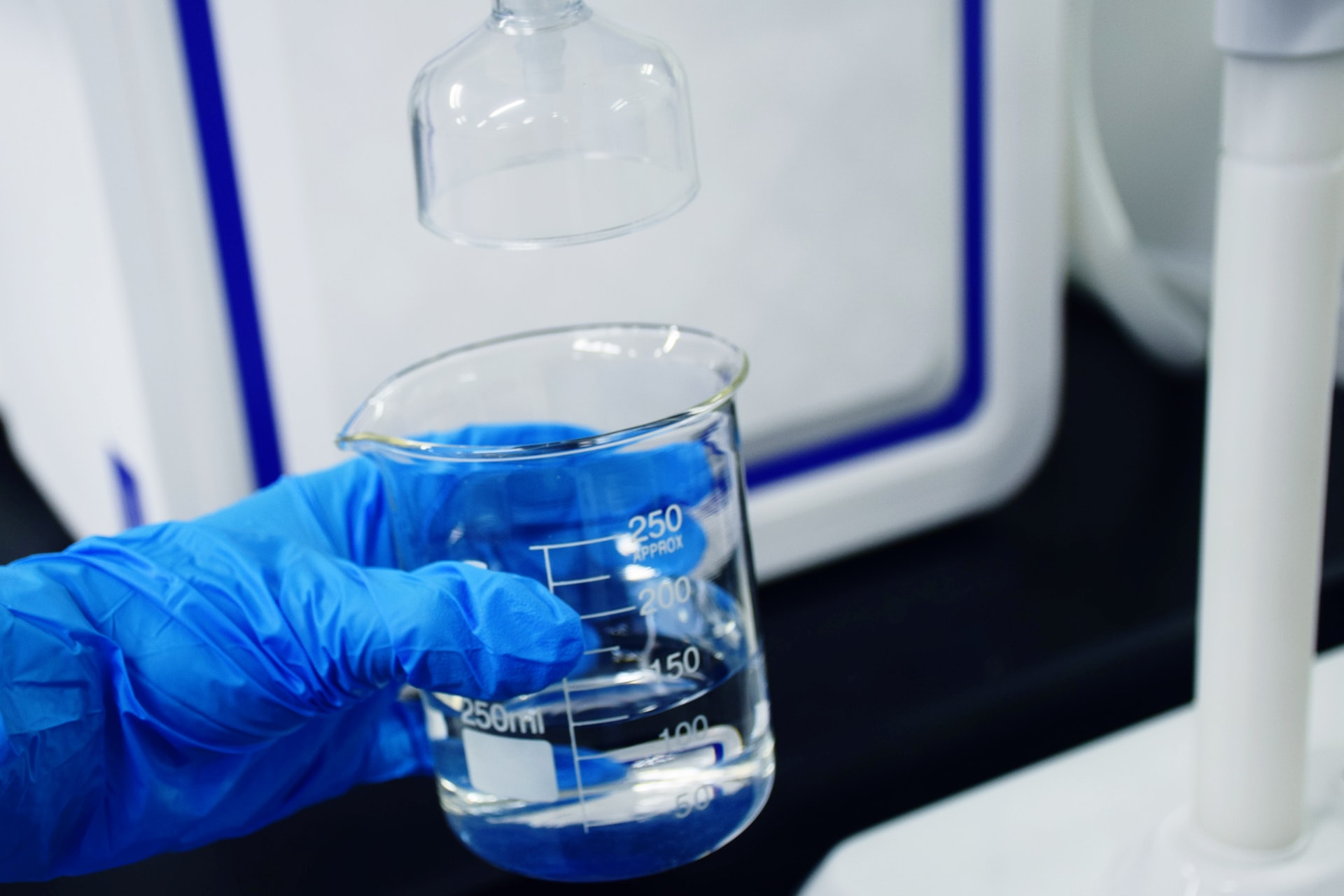
Why is it urgent to increase microbiological testing of drinking water?
Urban drinking water supplies are exposed to potential contamination from land use and other anthropogenic activities in watersheds.
Because water quality sampling studies are often piecemeal and incomplete for unregulated contaminants, a detailed comparison of potential source water contamination in many cities worldwide is generally lacking.
Drinking water sampling and analysis
The primary risk to human health in most cities stems from fecal contamination of water. The potential for fecal contamination in untreated or inadequately treated community supplies is ever-present. Therefore, the minimum level of analysis should include testing for indicators of fecal contamination such as coliphages, non-pathogenic viruses affecting Escherichia coli bacteria.
A rational sampling and analysis strategy should be applied for proper water monitoring, incorporating carefully selected tests for critical parameters in remote, usually rural, locations, using simple methods and portable water analysis equipment.
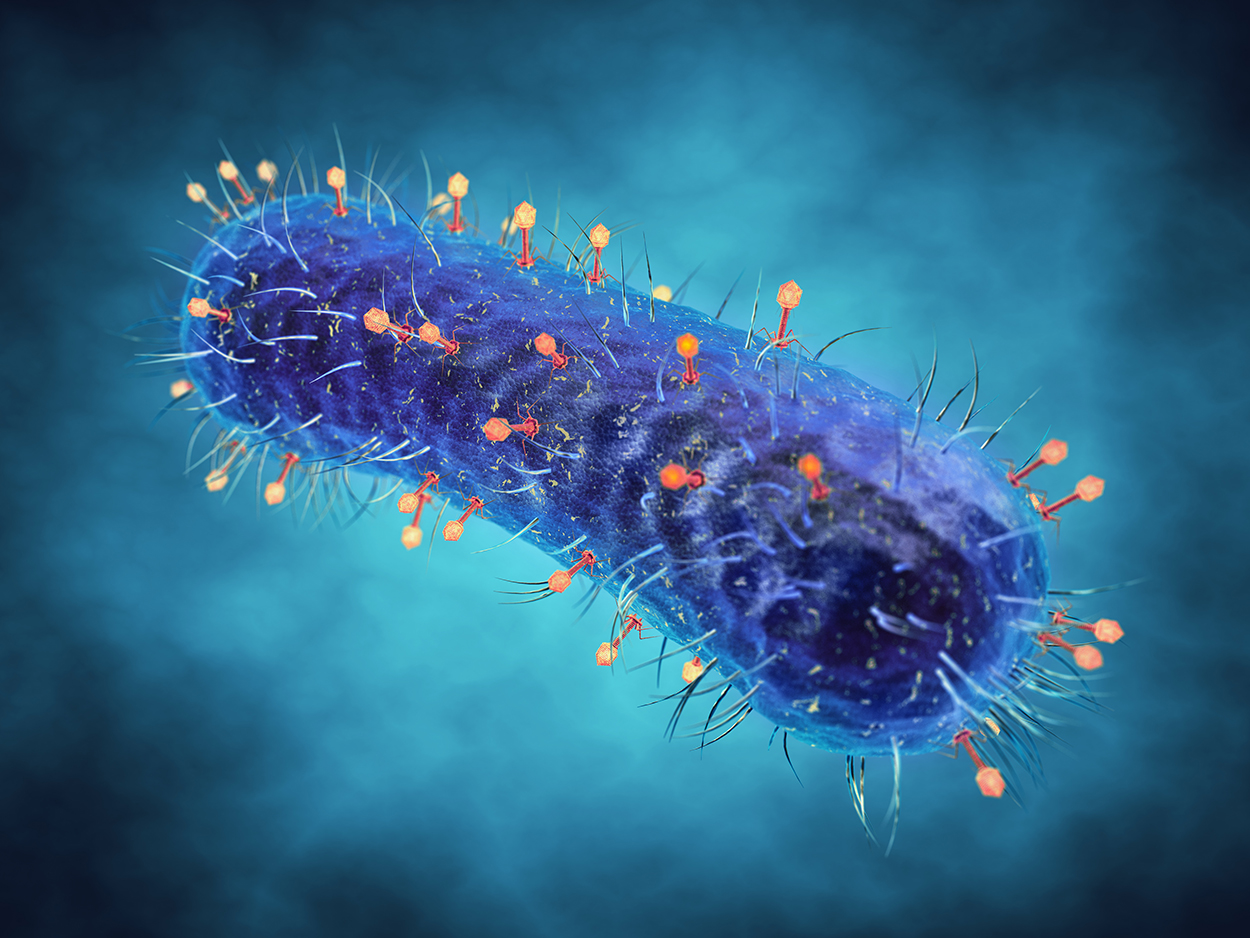
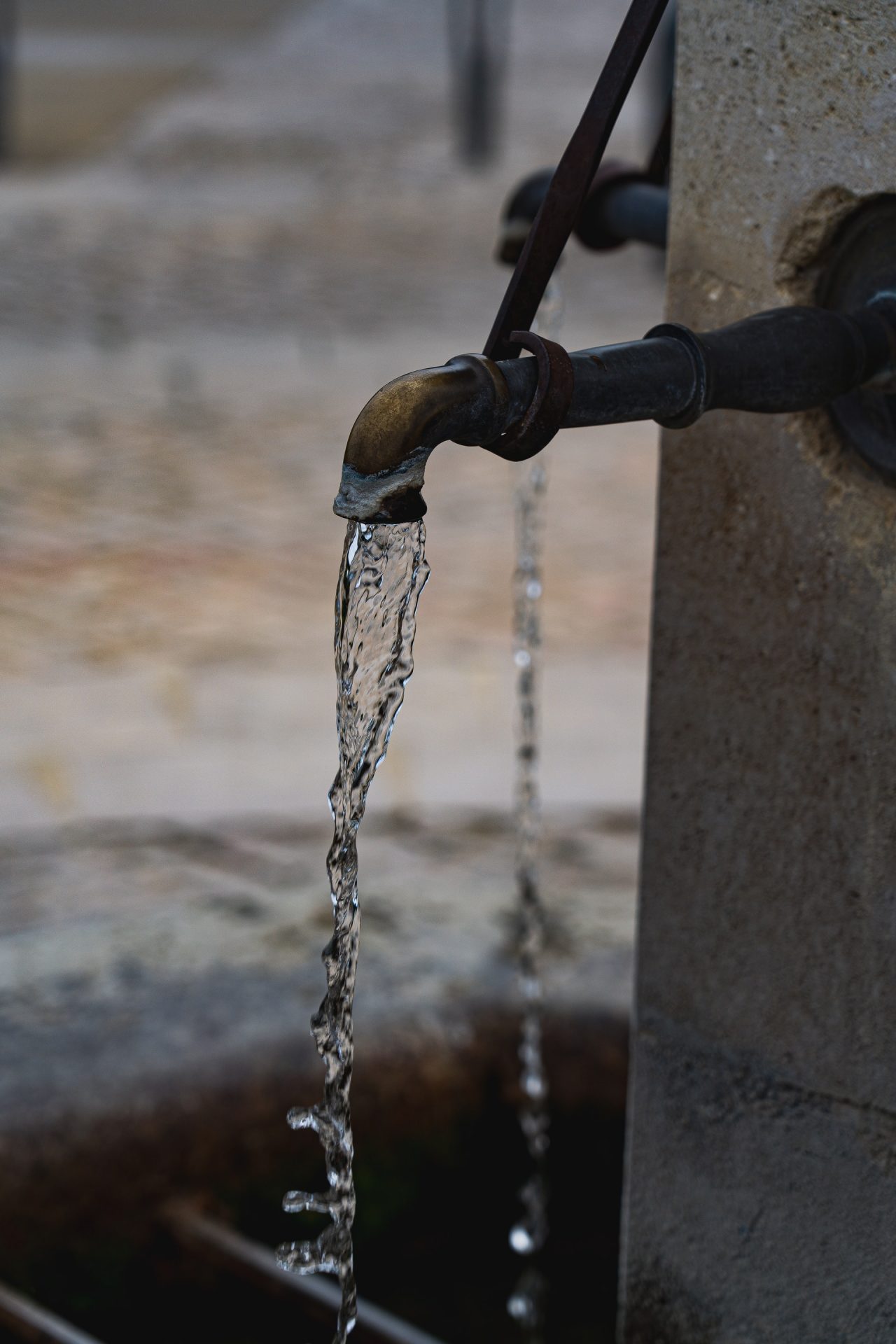
Location of sampling points
Water quality should be monitored and assessed at different locations representative of the source, such as the treatment plant, storage facilities, distribution network, distribution points, water delivery points to the consumer, and points of use. Each site should be considered individually; however, according to the WHO monitoring guide for drinking water, the following general criteria are generally applicable:
– Sampling points should represent the various sources from which the public obtains water or enters the system.
– These points should include those that give representative samples of conditions at the most unfavorable sources or locations in the supply system, especially points of potential contamination, such as unprotected sources, loops, reservoirs, low-pressure areas, ends of the system, etc.
– Sampling points should be evenly distributed in a piped distribution system, taking into account the population distribution. Furthermore, the number of sampling points should be proportional to the number of links or branches.
Generally, the points chosen should result in representative samples of the system as a whole and its major components.
– Sampling points should be located so that water from tanks and reservoirs, etc., can be sampled.
– In systems with more than one water source, the location of sampling points should consider the number of inhabitants served by each source.
– There should be at least one sampling point directly downstream of the clean water outlet of each treatment plant.
Sampling points for microbiological analysis:
– Open wells for a community supply.
– Covered dug wells and shallow tubewells with hand pumps.
– Deep tubular wells with hand pumps.
– Protected springs
– Community rainwater harvesting systems
Microbiological analysis of drinking water emphasizes evaluating the hygienic quality of the supply. This requires isolation and enumeration of indicator organisms for the presence of fecal contamination. In certain circumstances, the same indicator organisms can also be used to assess the effectiveness of drinking water treatment plants, which is an essential element of quality control.
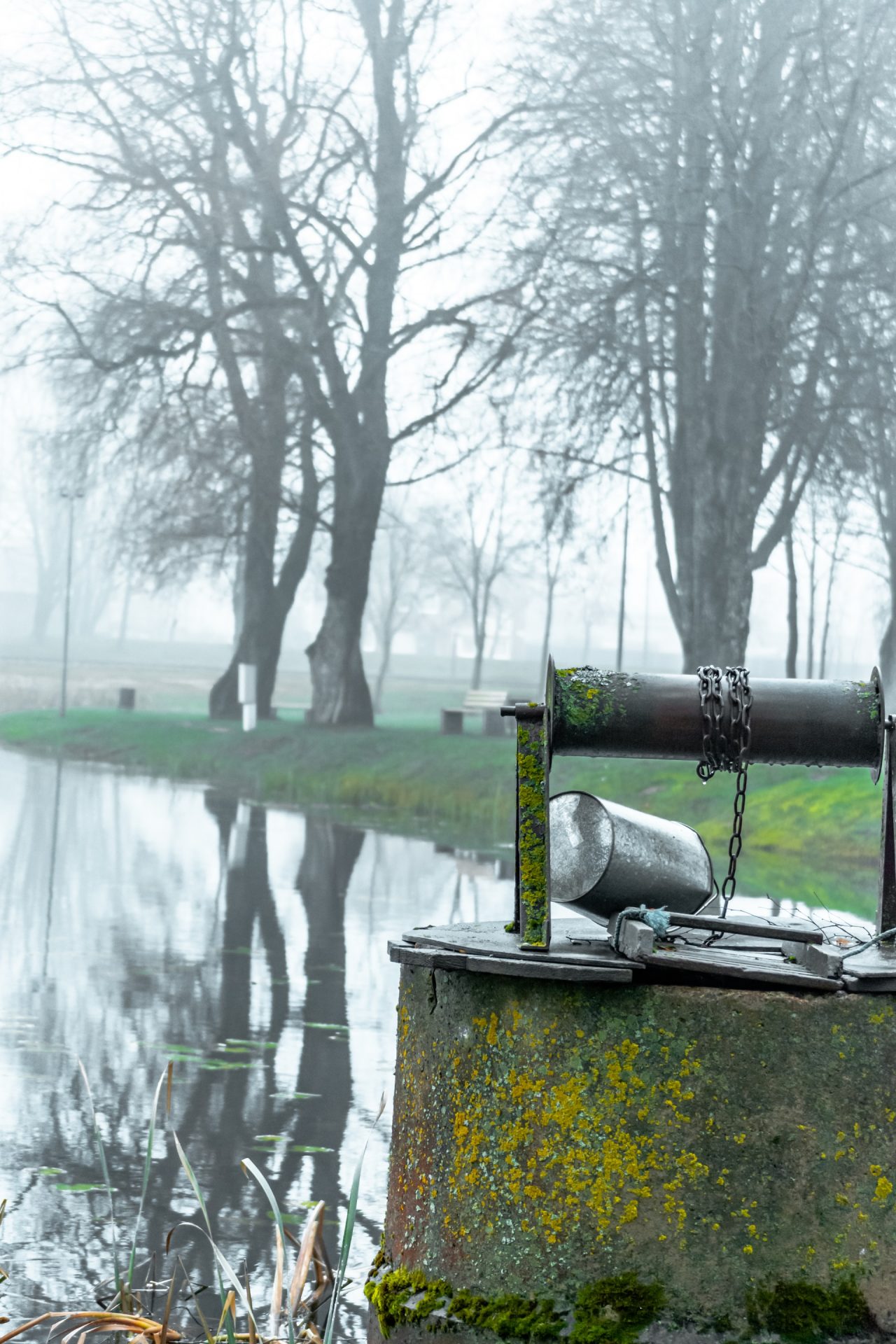
Storage of samples for microbiological testing
Although recommendations vary, the time between sample collection and analysis should generally not exceed 6 hours, and 24 hours is considered the absolute maximum.
To ensure rapid cooling, samples should be placed immediately in an insulated lightproof box containing ice. If ice is not available, transport time should not exceed 2 hours.
Samples must be kept in the dark, and that cooling is rapid. If these conditions are not met, the samples should be discarded.
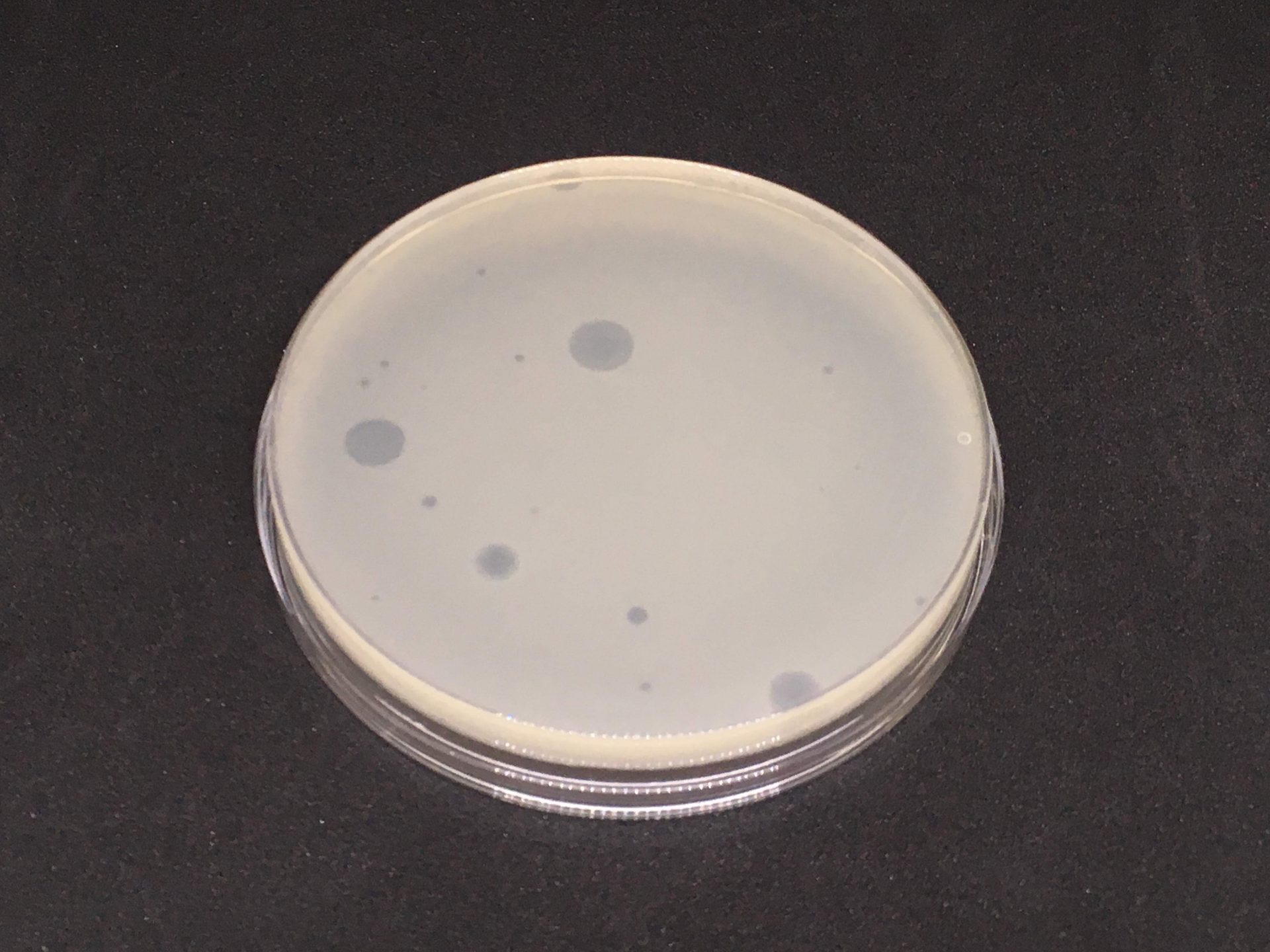
Coliphages, viruses that affect bacteria, are used as fecal indicators because they mimic enteric viruses better than any other group of indicators, showing moderate resistance and persistence in the aquatic environment and through wastewater treatment.
Coliphage detection methods are feasible, rapid, and affordable, as these organisms are found in abundance in human and animal wastewater. In addition, samples can be kept at 4°C for at least 48 hours without significant changes in the number of infective coliphages, and small samples can be stored for months at -20°C or -80°C after the addition of 10% v/v glycerol.
According to WHO guidelines for the sampling of drinking water, the minimum number of samples for tap water in the distribution system is as follows:
Population served: No. of monthly samples
< 5000 1
5000–100000 1 per 5000 population
>100000 1 per 10000 population, plus 10 additional samples

